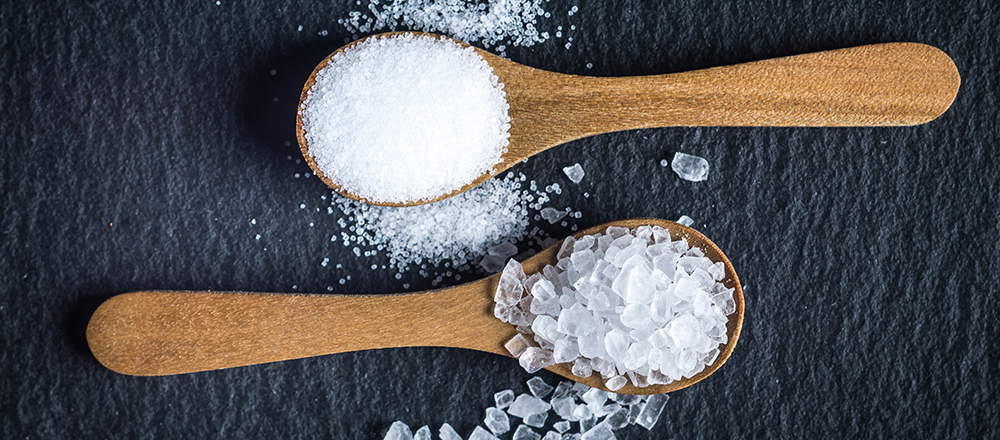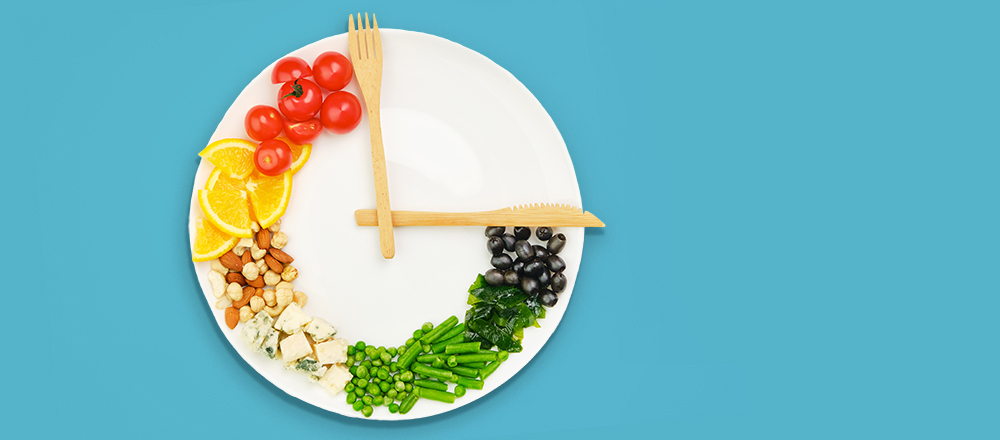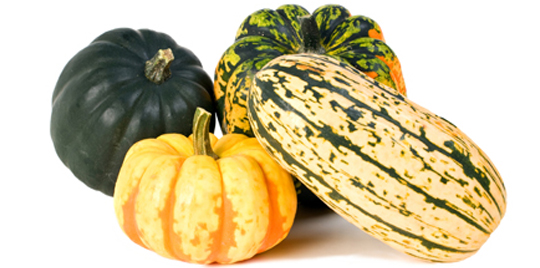Table Salt vs. Sea Salt
October 4, 2022By: Lindsey Robinson
Categories: Live Healthy, Nutrition, Your Wellness

Sea salt has become increasing popular in restaurants and supermarket aisles. Sea salt is often added in many desserts, snacks, and recipes. Sea salt is advertised as “organic”, “natural”, and “pure” suggesting that it is a healthy alternative to table salt. But is it really?
What is the difference between sea salt and table salt?
Sea salt comes from the evaporation of seawater. It is usually minimally processed, and therefore retains trace levels of minerals like magnesium, potassium, calcium, and other nutrients.
Table salt is mined from salt deposits and then processed to give it a fine texture, so it is easier to mix and use in recipes. This processing strips table salt of any minerals, and additives that may be used to prevent clumping.
How does the amount of sodium in sea salt compare to table salt?
Table salt and most sea salts all contain the same basic nutritional value: 40% sodium.
Is there a health advantage to eating sea salt?
While many of sea salt attributes may be appealing and trendy, there is no real health benefit to using this product over another. The American Heart Association recommends limiting salt of any kind to reduce blood pressure, decrease risk of heart disease, and stroke.
So, which one do I choose?
Let your taste buds choose between kosher salt, sea salt, Himalayan salt, and table salt. They all contain about the same amount of sodium. Whichever salt you choose, remember to limit your sodium intake.
The American Heart Association recommends 1500-2000 milligrams of sodium daily.
For more information, check out the American Heart Association at heart.org.



